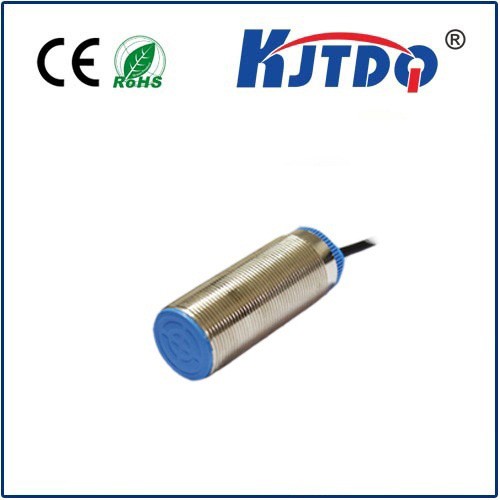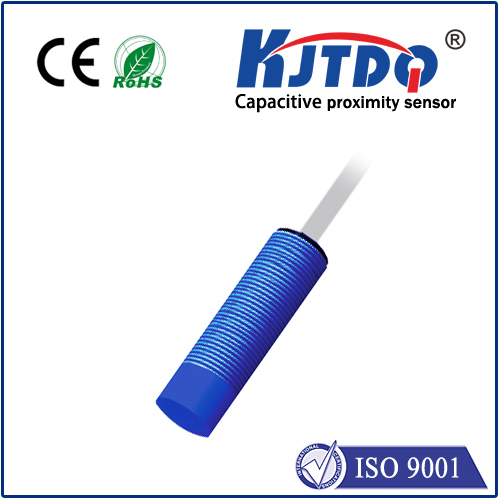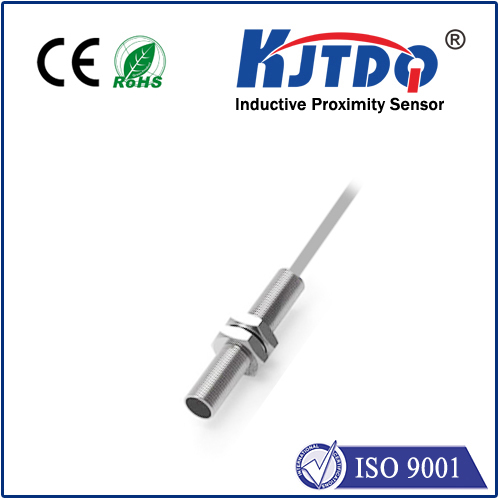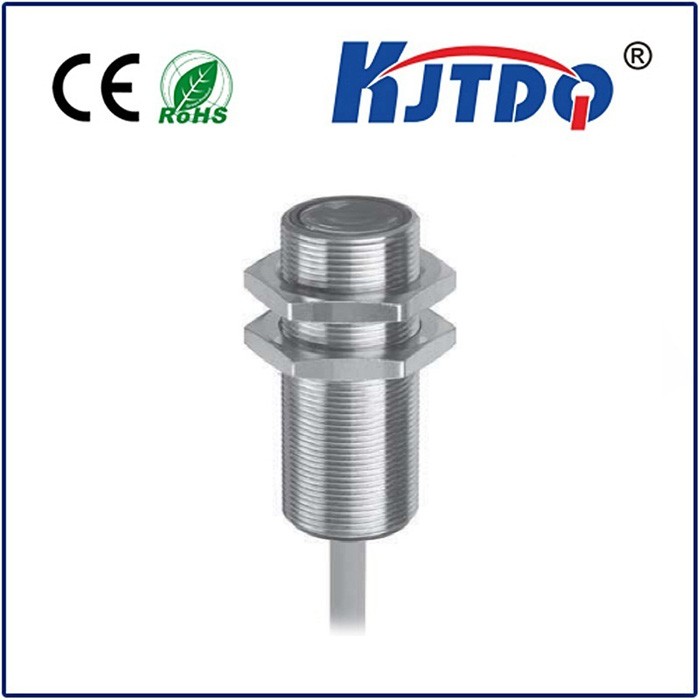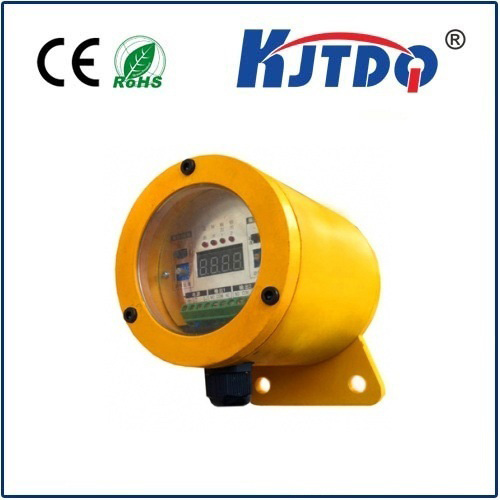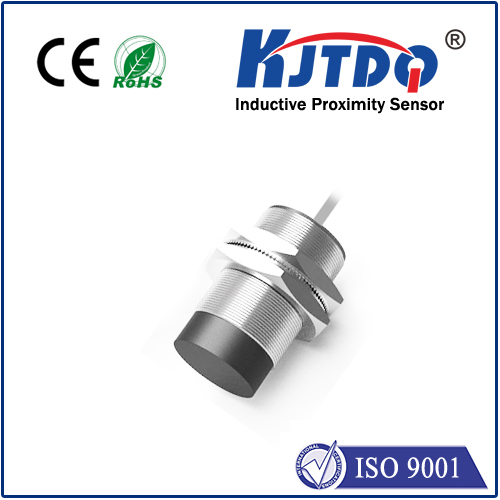Kaijit speed control switch products are mainly developed according to the actual needs of customer sites. The products have a wide range of electricity, and can be applied to 24VDC─110VAC─220VAC (different voltage levels are configured with intermediate relays of different voltages), bringing unified purchasing to users. Easy installation and good interchangeability. The product can effectively and timely handle electrical and process failures such as stalling, jamming, overloading, slow rotation, belt slipping, transmission chain (belt) falling off, transmission shaft breakage, etc. that often occur in motors and mechanical transmission devices. It can play a role in ensuring production and maintaining equipment.

| AC/DC (slow type) | AC/DC (fast type) |
|
| Rated sensing distance (SN) | 10mm | 10mm |
| Adjustable frequency range | 6-150 pulses/min | 120-3000 pulses/min |
| 2 lines | XVAV11801 | XSAV12801 |
| characteristic | 2-wire formed cable | 2-wire formed cable |
| Protection level | IP67 | IP67 |
| Action range | 0-10mm | 0-10mm |
| Detection accuracy | 3% of the actual detection distance Sr | 3% of the actual detection distance Sr |
| operating temperature | -25 degrees-+70 degrees | -25 degrees-+70 degrees |
| Rated voltage | 24-240V | 24-240V |
| Voltage range (including ripple) | 20-254V | 20-254V |
| Suitable for large switching frequencies | 6000 pulses/min | 48000 pulses/min |
| Power-on delay | 9S+-20% | 9S+-20% |
The working principle of the speed switch is to compare the pulse frequency generated by the component to be monitored with the preset frequency in the sensor. When the frequency of the measured object is less than the speed switch setting frequency, the switch is
Open state; when the vibration frequency of the object being measured is greater than the speed switch setting frequency, the switch is in the closed state.
The speed switch is generally suitable for monitoring low-speed problems, that is, when the movement speed of the detected object is lower than the speed set by the speed switch, it causes the switch to send a slip signal.
Note: Usually the sensor delays startup for 9 seconds after powering on to allow the monitored object to have a startup process.
Speed switching frequency adjustment:
Adjust the critical frequency of the sensor: use a potentiometer, about 15 turns
Increase the critical frequency of the sensor: turn the adjusting screw clockwise
Reduce the critical frequency of the sensor: turn the adjusting screw counterclockwise

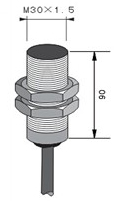

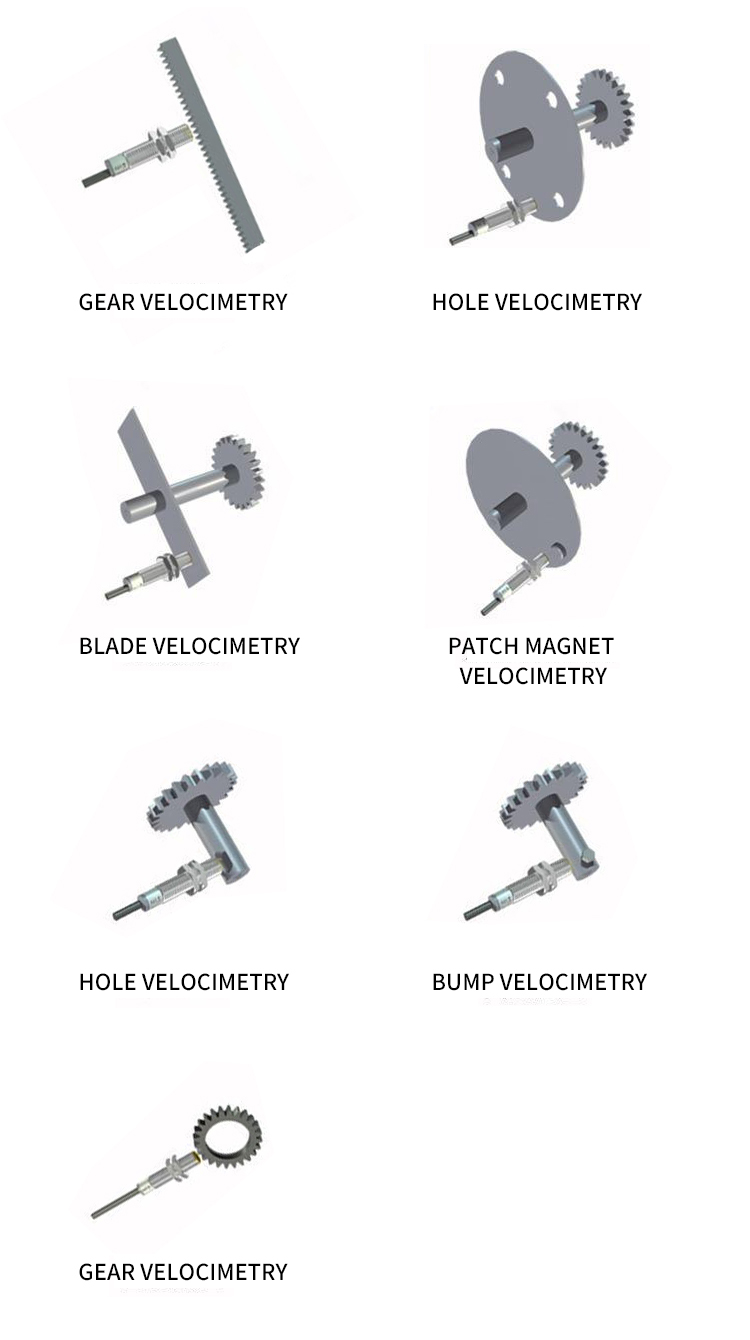

 Nanjing KJT Electric Co,.LTD
Nanjing KJT Electric Co,.LTD

